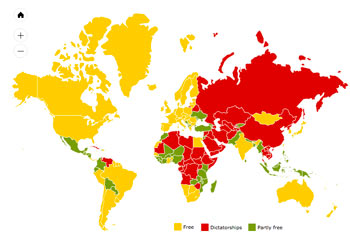Rosario Murillo, First Lady of Nicaragua
Rosario Murillo (born on June 22, 1951 in Managua, Nicaragua) is a Nicaraguan poet and revolutionary who fought in the Sandinista revolution in 1979. She is also the wife of current President Daniel Ortega and is the First Lady of Nicaragua, a title she also held in 1985 when her husband became President 6 years after the Sandinista National Liberation Front (FSLN) overthrew the Somoza dynasty. Murillo serves as the Nicaraguan government’s lead spokeswoman, government minister, head of the Sandinista Association of Cultural Workers and Communications Coordinator of the Council on Communication and Citizenry. A polyglot, she speaks Spanish, English, Italian and French; she also has the ability to read German.
Murillo was born June 22, 1951 in Managua, Nicaragua. She married Daniel Ortega and had 8 children. According to Nicaraguan historian Roberto Sánchez, Murillo is maternally related to Nicaragua’s national hero, Augusto Sandino.
Murillo attended high school at the Greenway Collegiate de Tiverton in Great Britain and studied Art at the Anlgo-Suizo Le Manoir Institute in Switzerland. Murillo possesses certificates in the English and French language, granted respectively by the University of Cambridge in Great Britain, and University of Neuchâtel in Switzerland. She also attended the National Autonomous University of Nicaragua in her hometown, where she later became a language professor at the Instituto de Ciencias Comerciales and the Colegio Teresiano during 1967-1969.
Murillo was integrated into the Sandinista National Liberation Front in 1969. Murillo provided shelter in her house, which was located in the Barrio San José Oriental in Managua, to Sandinista guerrillas, among them Tomás Borge, one of the founders of the FSLN.
During the early 1970s Murillo worked for La Prensa as an assistant to two of Nicaragua’s leading political and literary figures, Pedro Joaquin Chamorro and Pablo Antonio Cuadra. Murillo was arrested in Estelí for her activities in politics. Soon after, she fled and lived a couple months in Panama and later in Venezuela. She later stabilized herself in Costa Rica where she dedicated herself completely to her political work with the FSLN. It wasn’t until 1978 that she met her husband, with whom she returned to Nicaragua in 1979. From 1988 – 1990 she served as the Director of the Institute of Culture.


